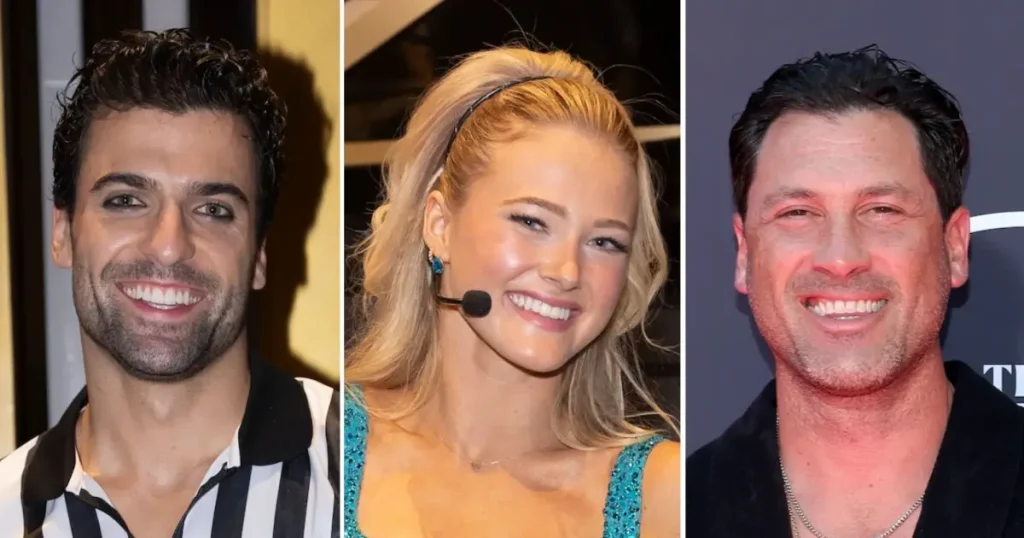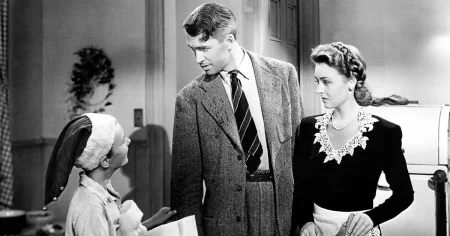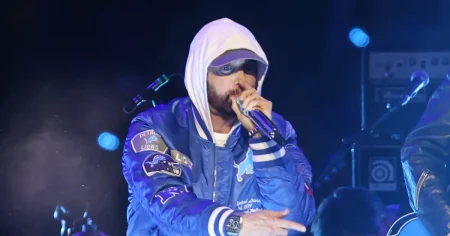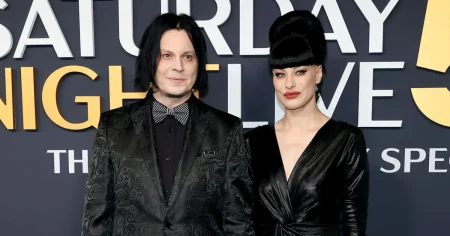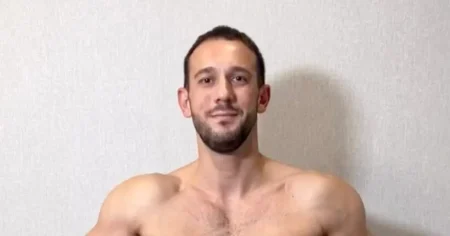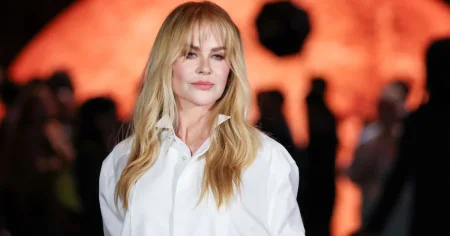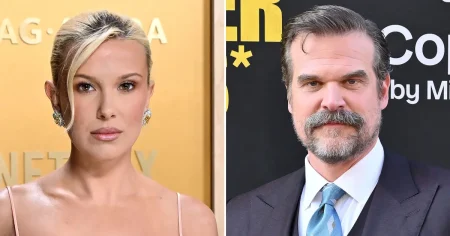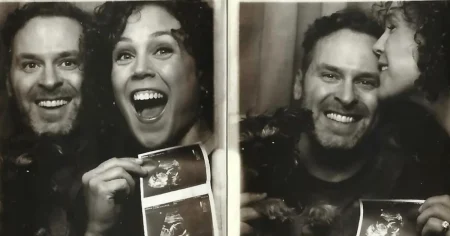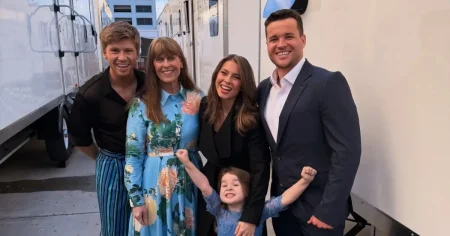Dancing with the Stars: A Tale of Tension and Support
In the dazzling world of “Dancing with the Stars,” recent behind-the-scenes drama has emerged between new pro dancer Jan Ravnik, young star Rylee Arnold, and veteran dancer Maks Chmerkovskiy. During a lighthearted Halloween Night backstage TikTok interview, Ravnik and Arnold shared a moment of solidarity after Ravnik subtly referenced criticism directed their way. When discussing his candid TikTok Lives, which fellow pro Brandon Armstrong called “iconic,” Ravnik pointedly remarked, “There’s no hate in my TikToks. I’m not like some other people.” This comment appeared to be a direct response to harsh criticisms recently leveled by Chmerkovskiy on the “Penthouse With Peta” podcast. The moment turned touching when Arnold, who had also been targeted by Chmerkovskiy’s criticism, placed a supportive hand on Ravnik’s shoulder and assured him, “It’s OK, we can do this together,” leading to shared laughter that reflected their newfound bond through shared criticism.
The backstage camaraderie came at a bittersweet moment for Ravnik, as he and his celebrity partner Jen Affleck were eliminated that same evening after their Taylor Swift-inspired contemporary dance scored just 32 out of 40 points. Despite the disappointment, Affleck approached her departure with grace and gratitude, stating, “This experience has meant everything to me, I cannot wait to talk about this in the future with my kids.” As a mother of three young children—Nora (4), Lucas (2), and Penelope (3 months)—Affleck emphasized that her participation in the show was largely motivated by her family, making her journey on DWTS particularly meaningful despite its premature conclusion. Her positive reflection highlighted how contestants often find personal growth and fulfillment through the competition, regardless of how far they advance.
The tension began when Chmerkovskiy, a former DWTS pro with a reputation for candid opinions, delivered a scathing assessment of Ravnik’s qualifications on his wife Peta Murgatroyd’s podcast. “Jan has absolutely no business” as a DWTS pro, Chmerkovskiy declared, adding that there was “zero foundation technique, quality, understanding of the partnership.” His critique became increasingly heated as he continued, “It is absurd, and this is unreal how blind we have to be and God forbid say what’s obviously there.” Chmerkovskiy specifically targeted Ravnik’s foxtrot performance during the show’s Wicked Night, claiming the new pro “had no idea” what the foxtrot entailed, questioning how Ravnik could effectively teach something he allegedly didn’t understand. This public criticism from a respected veteran dancer created an uncomfortable dynamic for Ravnik in his inaugural season.
Chmerkovskiy didn’t limit his critical assessment to Ravnik, extending similar remarks toward 20-year-old Rylee Arnold regarding her partnership with Scott Hoying. He claimed Hoying was “completely undertaught” and suggested Arnold’s inexperience prevented her from properly instructing her celebrity partner. “I believe that this is a matter of experience for Rylee to understand that, in this case, he needed her to be facing him, looking at him and making him learn and making him repeat and place his hands,” Chmerkovskiy explained. He further suggested that Arnold spent too much time choreographing complex routines rather than focusing on fundamentals with her partner. Though Chmerkovskiy insisted he wasn’t criticizing Arnold personally, his comments nonetheless placed responsibility on the young pro for their elimination during Wicked Night.
This clash between DWTS generations highlights the evolving nature of the long-running competition show. Chmerkovskiy, who rose to fame during an era when technical ballroom precision was paramount, appears to take issue with what he perceives as declining standards among newer professionals. Meanwhile, younger pros like Ravnik and Arnold represent a different approach, perhaps more focused on entertainment value and social media engagement—as evidenced by Ravnik’s popular TikTok presence. Their backstage moment of solidarity suggests a generational alliance forming in response to criticism from established veterans, creating a fascinating subplot to the main competition as different philosophies about dance instruction and performance clash behind the glitter and glamour of the ballroom.
The incident reveals the intense pressures facing professional dancers on DWTS, particularly newcomers attempting to establish themselves while teaching celebrities with little to no dance experience. For Ravnik, navigating his first season under public scrutiny from respected dancers like Chmerkovskiy adds an additional layer of stress to an already demanding role. For Arnold, despite her youth, this marks her second season as a pro, and Chmerkovskiy’s comments suggest expectations that her teaching methods should already be more refined. Yet their shared moment backstage demonstrates resilience and mutual support in the face of criticism, reminding viewers that behind the competition lies a community of performers dealing with very human challenges of acceptance, validation, and growth in their craft. As the competition continues, these interpersonal dynamics may well influence the atmosphere both on and off the dance floor.





